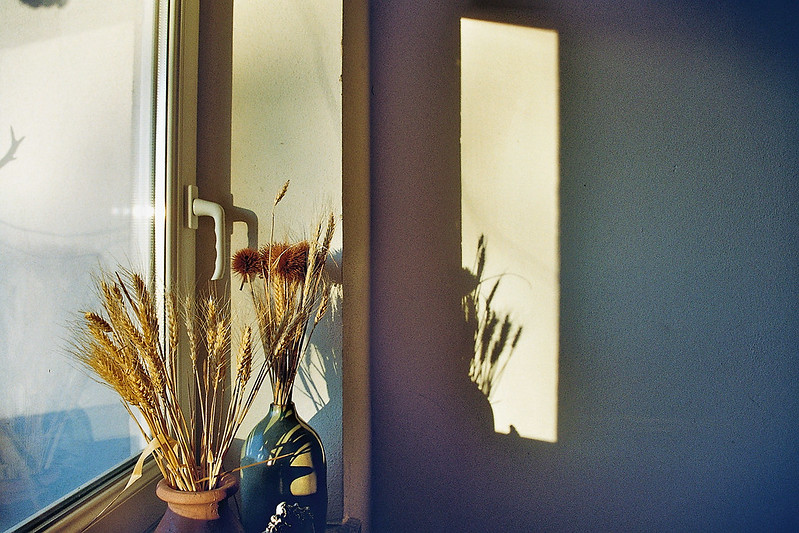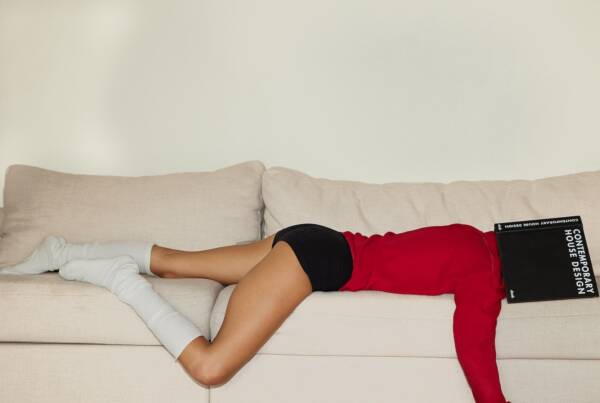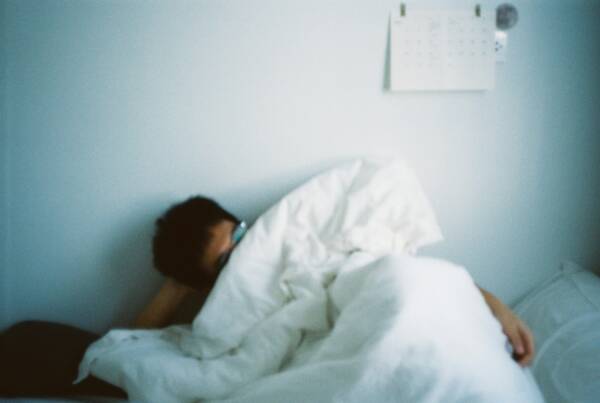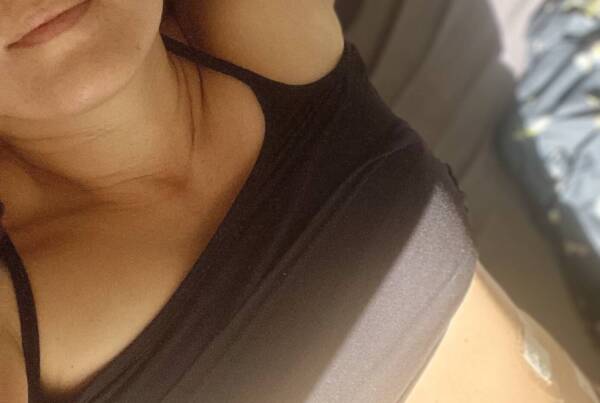Writing by Micah Bucholtz // photograph by Ramona Mahrla
 At the start of 2020, I didn’t own a thermometer. I couldn’t see why I, a millennial living in an exponentially expensive city, needed a device to confirm I was sick, when I already felt sick. It seemed like an unnecessary purchase. As we begin to return to normal in the wake of the Covid-19 pandemic, I can’t help but think of how a thermometer would have given me some much-needed clarity about my symptoms. So, to all of the millennials out there putting their health second, allow me to give you some sisterly advice.
At the start of 2020, I didn’t own a thermometer. I couldn’t see why I, a millennial living in an exponentially expensive city, needed a device to confirm I was sick, when I already felt sick. It seemed like an unnecessary purchase. As we begin to return to normal in the wake of the Covid-19 pandemic, I can’t help but think of how a thermometer would have given me some much-needed clarity about my symptoms. So, to all of the millennials out there putting their health second, allow me to give you some sisterly advice.
I was sitting in a restaurant in Toronto celebrating my father’s birthday, when I first heard that the novel coronavirus had infiltrated the city. Inside the restaurant, the air was thick with the smell of wet wool as people socialized shoulder to shoulder. Diners began to take notice of the breaking news headlines that painted the bottom of the restaurant TV screens, and whisper nervously to their table-mates. My parents expressed their concern and I laughed, slightly irritated. I didn’t want the news to dampen the occasion.
As I left the restaurant that night, I felt that first tinge of a sore throat, but I brushed it off as psychosomatic. I continued to take ibuprofen over the next week, stubbornly ignoring the blossoming symptoms that would unfurl on different days: a foggy brain, a runny nose, a general lethargy, and a sting in my chest when I inhaled. Every morning when I looked in the mirror, a feverish, dehydrated face would stare back. I lived on a diet of crackers, tea, and Blue Gatorade. I, who had so flagrantly disregarded my parents’ caution, found myself anxiously checking the Covid-19 guidelines on the CDC website.
At this point in March 2020, the virus was tearing through the country at an alarming rate and there was no vaccine on the horizon. Stores were left barren of toilet paper, medical supplies, and disinfectant. People were panic buying in the event that a Stay-At-Home order would come to Ontario (one that would come not once, but three times). I reluctantly cancelled plans and retreated into the cocoon of my duvet.
Every few days, I would call my doctor’s office to report my symptoms, but the staff were snappy, overrun, and quick to write me off with the flu. My symptoms were inconsistent and would often disappear for days at a time. I didn’t have a cough, I couldn’t give a measured degree of fever and, as a twenty-something, I didn’t fit into the age group that Covid-19 was currently decimating. Medical professionals were hesitant to bring me in for a test, as I lacked defining symptoms, and hospitals were hot zones for infection.
Then I was shocked by a sky-high fever. I remember my furniture floating around me. I tried to walk to the bathroom, and I nearly fainted. Every fiber in my body told me to call an ambulance as this was something I couldn’t sleep off. But I was home alone on the third floor of a rented house and the front door was locked. “How high was your fever?” the nurse asked me the next morning over the phone. Without a thermometer, I couldn’t give an exact temperature. She was sympathetic, but brisk. The following day, I waited for a lucid moment and unlocked my front door. I called my mum to come and get me. I was supposed to stay isolated as a precaution, but sometimes, you just need your mum.
I continued to experience headaches, fever, chest pain, and fatigue. On the scarier end of the symptom spectrum, I couldn’t get enough air into my lungs. There was always a weight on my chest that made comfortable breathing impossible. Multiple doctors told me that if I needed immediate medical intervention, I should call 911. Otherwise, I had to recover in home isolation. On one hand, I wanted to admit that I was too sick to be at home. On the other hand, I wanted to bury my head in the sand. People were going into hospitals in droves and not coming out. My fear always won.
I had five days of reprieve about halfway through my illness. My symptoms gradually disappeared, and I thought that I was recovering. Then I was struck down by the exact same symptoms as if on a cruel loop. They repeated themselves in the same order with startling accuracy. On top of those initial symptoms, I gained some new ones: migraines, vomiting, and a bout of what was later coined as “Covid Toes”. I learned from a nurse that a relapse in the first stages of recovery was common. When I updated my doctor about my discoloured toes it was clear that I had Covid-19.
All told, I waltzed with Covid-19 from March 12th to April 23th of 2020. I was bed bound for a total of 42 days. I have been left with a barrage of irritating complications. It takes me much longer to recover from minor infections. I have restless legs and gynecological issues that only began when I was sick. It hurts to breathe when I run. If I had been able to gauge my early fevers more accurately, however, my medical team would have been able to make better assessments. Perhaps, I wouldn’t have so many lasting complications.
While I like to gripe about these things to loved ones now, I can’t help but think how differently things could have gone. I’m so appreciative of the close people in my life who dropped everything and took care of me when doing so was a risk to their own physical safety. I’m better attuned to my body’s signals now, especially fevers. My thermometer will always be safely within reach.






